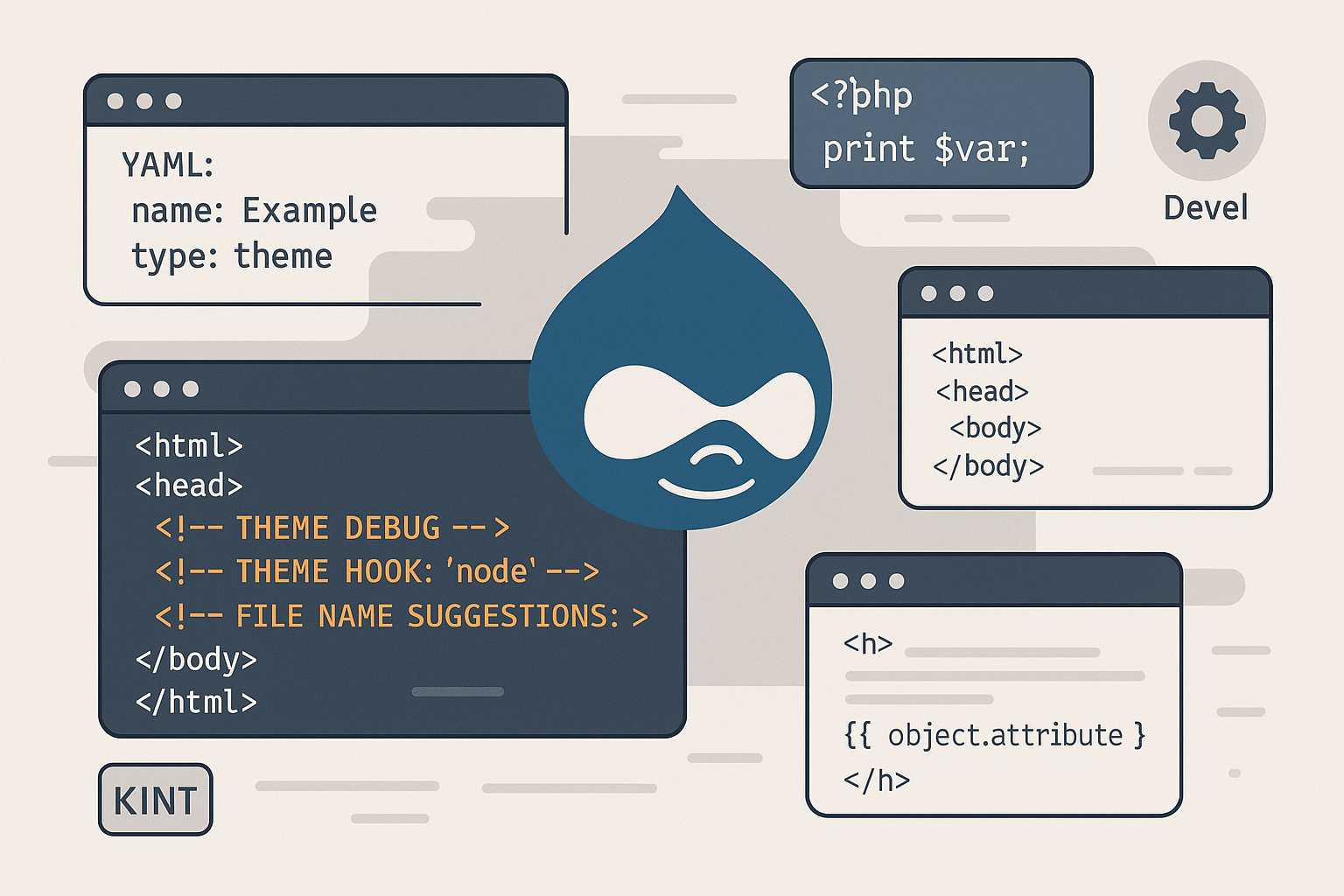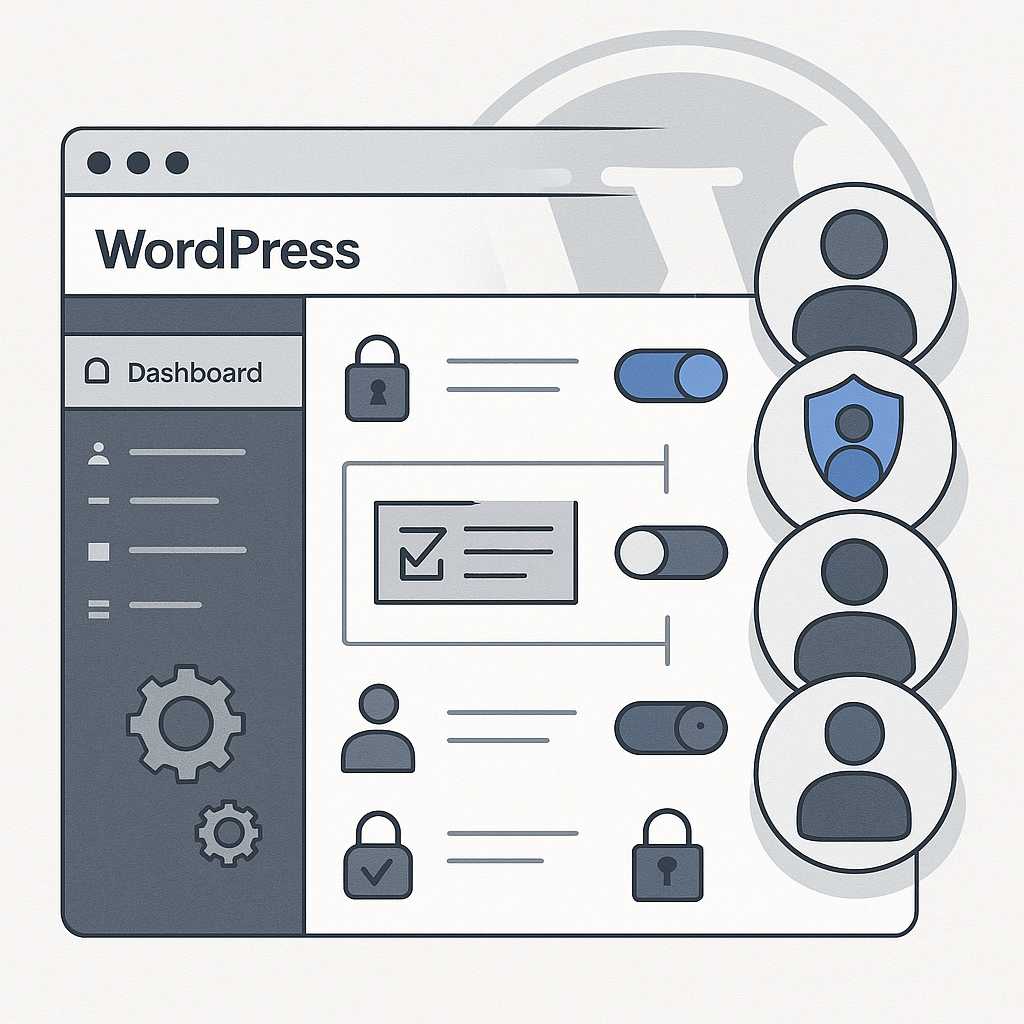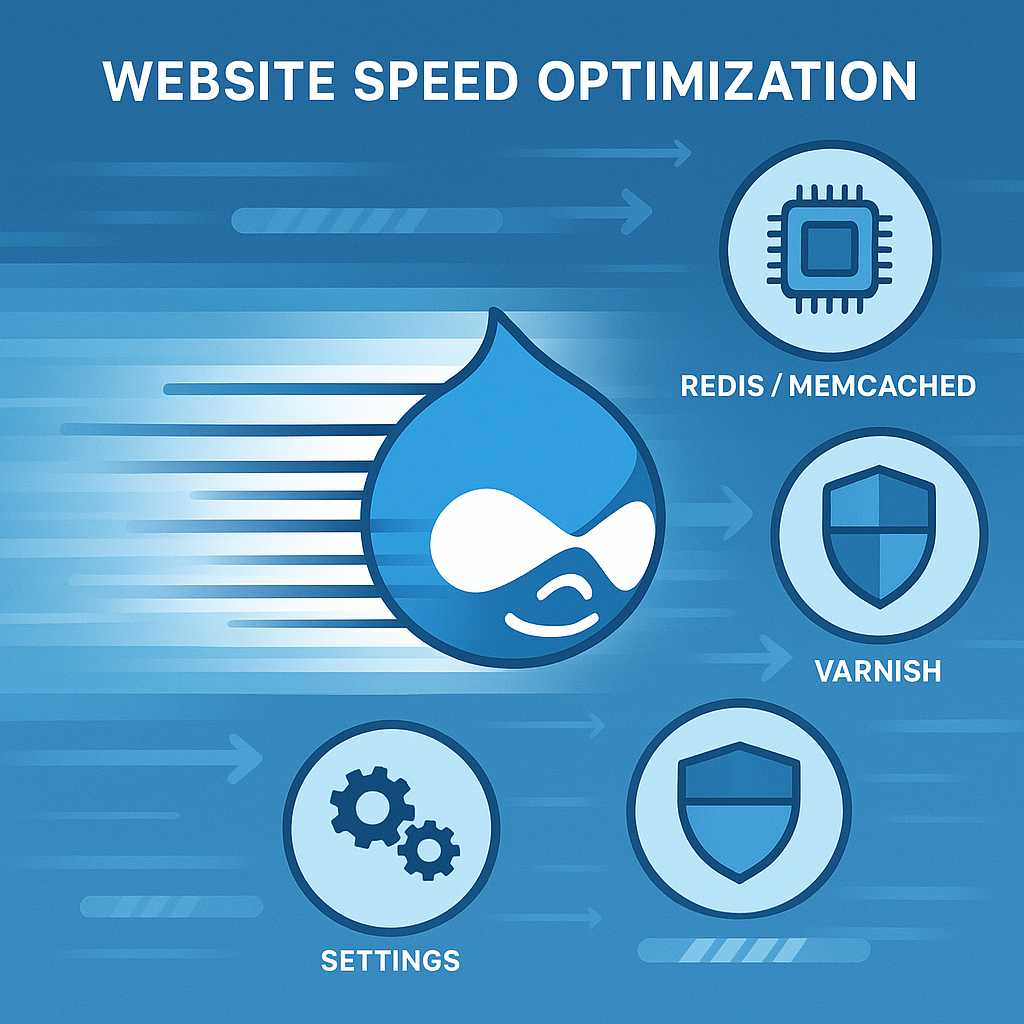Tag: Site Configuration
-

Debugging Twig Templates in Drupal: Essential Tools and Techniques
As a web developer who spends a significant amount of time fine-tuning Drupal themes, one of the most common hurdles is figuring out exactly which Twig template is rendering a particular piece of markup. In this article, I’ll walk you through some effective strategies and tools for debugging Twig templates in Drupal, helping you get…
-

Debugging Apache Virtual Host Issues from the Command Line
Running into problems with Apache virtual hosts? As someone who manages Linux servers primarily via the command line, I often see even seasoned admins get stuck with subtle configuration issues. This article walks you through a practical, command-line-first approach to debugging Apache virtual host problems for any flavor of Linux web server. 1. Verify Virtual…
-

Creating Custom Drupal Blocks with the Block Plugin API
As a Drupal developer, there will inevitably be a time when the stock block types provided just don’t cut it. Maybe you need to display data from an external API or create a specialized widget for editors. Whatever the case, Drupal’s Block Plugin API makes it easy to create your own custom blocks with PHP.…
-

E-Commerce in WordPress: Selling Physical Goods and SaaS Products
WordPress is no longer just a platform for bloggers; it has evolved into a powerful tool for building fully functional e-commerce sites. Whether you want to sell shippable merchandise or digital SaaS products, WordPress provides the flexibility and extensibility to meet your needs. Selling Shippable Merchandise The most common scenario for e-commerce is selling physical…
-

Mastering Advanced User Roles and Permissions in WordPress
As your WordPress site grows, managing user access becomes crucial—especially if you’re developing complex projects, running a membership site, or collaborating with a large team. While WordPress ships with user roles and capabilities out of the box, customizing these can give you powerful flexibility over who can do what on your site. Today, I’ll show…
-

Understanding WordPress Theme JSON: Simplifying Site-Wide Customization
WordPress theme development has evolved rapidly with the advent of Full Site Editing (FSE) and block-based themes. One of the most powerful yet sometimes overlooked tools in this modern workflow is the theme.json file. If you’re looking to streamline and standardize the look, feel, and behavior of your WordPress sites or client projects, understanding theme.json…
-

Enhancing Drupal Security: Easy Wins for a Safer Site
Drupal remains a powerful CMS, but its flexibility means keeping security in mind is crucial for every site owner. While a lot has been written about security best practices, today I wanted to share some actionable quick wins you can implement to instantly boost your Drupal site’s safety—without needing to be a security guru. Keep…
-

Troubleshooting Common Issues with WordPress Multisite Networks
WordPress Multisite is a powerful feature that allows you to create and manage a network of sites from a single WordPress installation. However, setting up and maintaining a Multisite network can introduce unique challenges not present with single-site installations. In this article, I’ll walk you through some of the most common issues faced with WordPress…
-
How to Create and Manage Virtual Hosts in Apache Using the Command Line
As someone who runs Linux servers to host multiple websites, managing virtual hosts with Apache is a day-to-day necessity. Apache’s virtual host functionality allows you to serve multiple sites from a single server, each with their own domain, directory, and configuration. In this article, I’ll walk you through setting up and managing Apache virtual hosts…
-

Speeding Up Drupal: Caching Strategies for Faster Sites
As a Drupal developer, one of the questions I hear most often is, “How can I make my Drupal site faster?” Out of the box, Drupal offers robust caching capabilities, but effectively configuring and extending these features can make a world of difference. Today, I’ll share tips on leveraging Drupal’s caching layers for optimal performance.…
